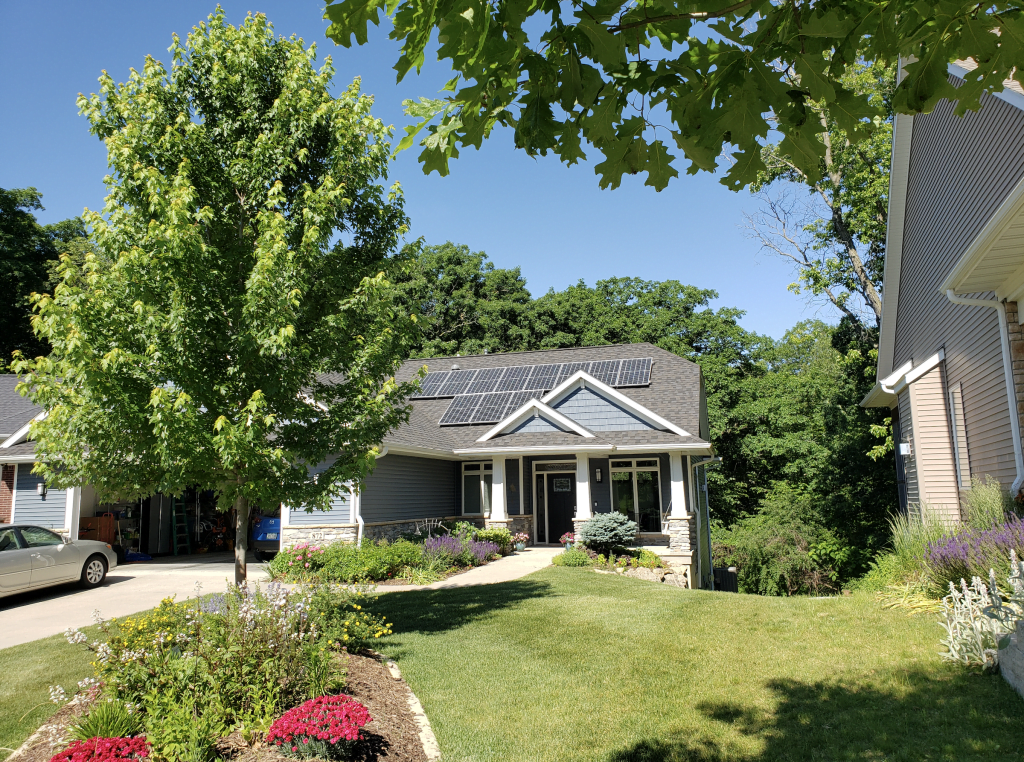Solar panels are becoming increasingly popular as an alternative source of energy. They are a clean, sustainable, and renewable source of energy that can help reduce our carbon footprint and dependence on traditional energy sources. But what exactly are solar panels made of? In this blog, we will explore the components that make up a solar panel and how they work together to generate electricity.
The Components of a Solar Panel
A solar panel consists of several components, including photovoltaic cells, a metal frame, glass casing, and wiring.
- Photovoltaic Cells Photovoltaic cells, also known as solar cells, are the heart of a solar panel. They are made of silicon and are responsible for converting sunlight into electricity. When sunlight hits the solar cells, it excites electrons in the silicon, which are then collected by the metal conductors in the cells, generating electricity. The more sunlight that hits the solar cells, the more electricity they can generate.
- Metal Frame The metal frame is the outer casing that supports the solar panel. It is typically made of aluminum, which is lightweight and durable, making it ideal for outdoor use. The frame also protects the solar panel from weather conditions and physical damage.
- Glass Casing The glass casing covers the photovoltaic cells and protects them from the elements. It is typically made of tempered glass, which is strong and durable, making it ideal for outdoor use. The glass casing also allows sunlight to pass through to the photovoltaic cells.
- Wiring The wiring connects the photovoltaic cells in the solar panel to each other and to the inverter. It is typically made of copper, which is a good conductor of electricity. The wiring is an important component because it carries the electricity generated by the solar panel to where it is needed.
How Do Solar Panels Work?
When sunlight hits a solar panel, it excites the electrons in the photovoltaic cells, which generate a flow of electricity. This electricity is generated as direct current (DC), which is not suitable for powering homes and businesses. Therefore, the DC electricity from the solar panel is sent through an inverter, which converts it to alternating current (AC) electricity. AC electricity is the type of electricity used in homes and businesses.
Once the electricity is converted to AC, it can be used to power homes and businesses. Any excess electricity generated by the solar panel can be sent back to the grid, where it can be used by others. This excess electricity can be credited to the owner’s account, which can help reduce their energy bills.
Conclusion
Solar panels are an innovative and environmentally friendly technology that can help reduce our dependence on traditional energy sources. They consist of several components, including photovoltaic cells, a metal frame, glass casing, and wiring. Photovoltaic cells are responsible for converting sunlight into electricity, while the metal frame and glass casing protect the solar panel from the elements. Wiring connects the photovoltaic cells to each other and to the inverter, which converts the electricity from DC to AC. Solar panels are a reliable and sustainable source of energy that can help reduce our carbon footprint and save money on energy bills.

